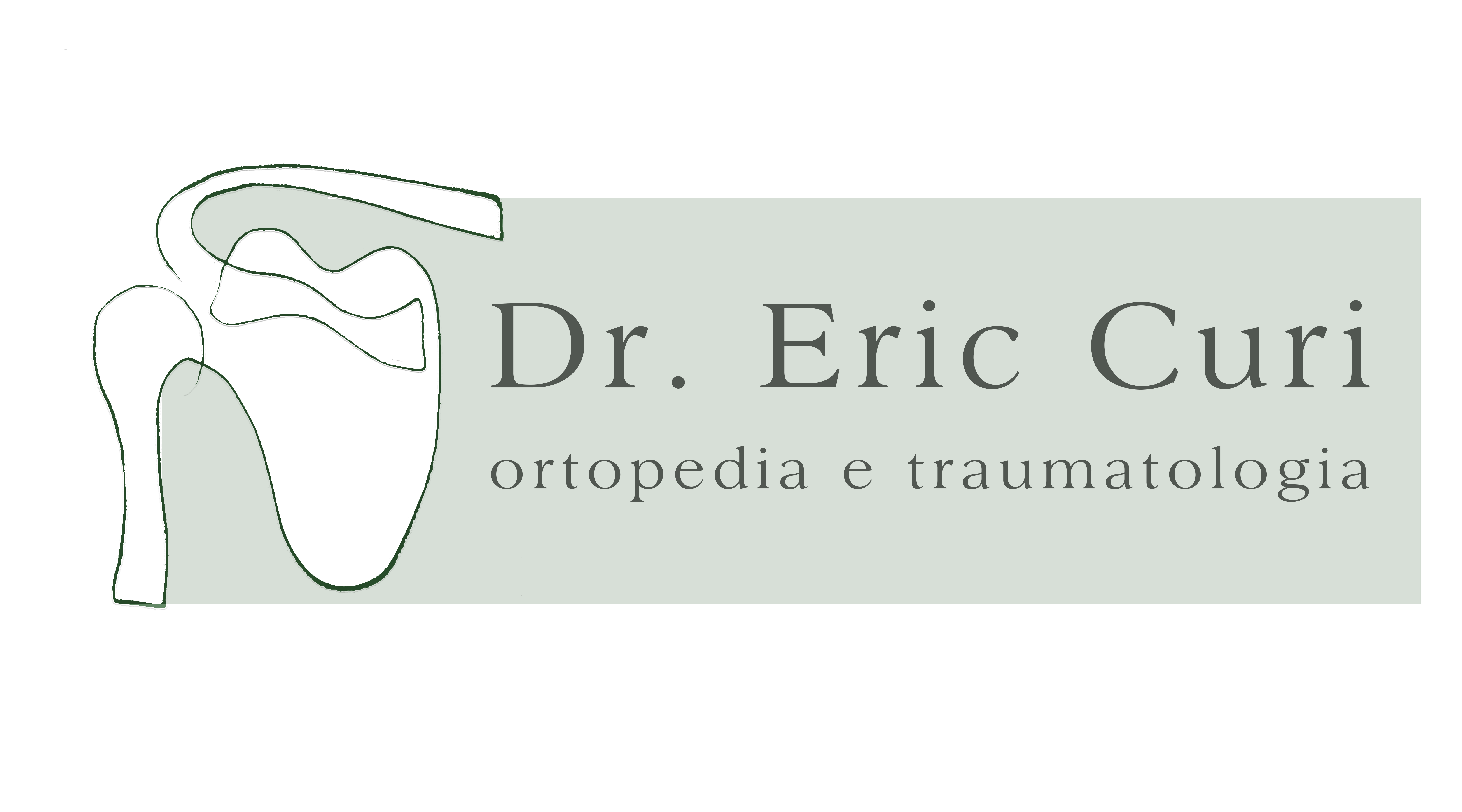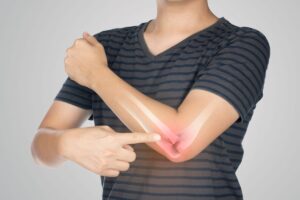Meet Dr. Eric Curi, Orthopedic Surgeon and Traumatologist, specialist in Shoulder and Elbow surgery in São Paulo.
Joint Injections
Shoulder Pathologies
Elbow Pathologies
General Orthopedics
Últimos Artigos
Joint injections are a procedure in which medication is directly injected into the affected joint, both as part of treatment and to relieve symptoms. However, injections go beyond just joint treatments.
There are several types of injections in orthopedics. An injection, in general, involves applying a substance through a needle directly to the area where we want it to take effect. Unlike systemic treatments, such as oral medications, intravenous, intramuscular, or even topical treatments (like patches that can have either local or systemic effects, such as Restiva and Toperma), injections target specific areas.
In general, injections can be made inside a joint, around it (e.g., ligaments and tendons), or even in certain muscles, such as trigger point injections, depending on the condition being treated. Many injections require the use of ultrasound to guide the application and ensure precision, providing greater safety. Orthopedic injections can be performed in the office or under sedation in a surgical center to minimize discomfort, always using aseptic techniques to reduce the risk of infection.
It’s important to note that injections, in addition to relieving pain, assist in rehabilitation and contribute to healing. They are especially effective when combined with other therapeutic techniques. In orthopedics, most treatments are multimodal and multidisciplinary, meaning various components and professionals collaborate in patient care.
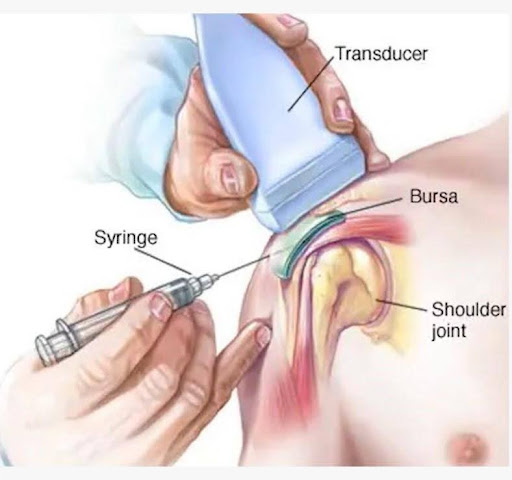
Which Conditions Can Benefit from Injections?
Injections in orthopedics are used to treat a variety of conditions, both within joints and extra-articular issues, such as those affecting tendons, ligaments, and muscles.
Scientific literature supports the use of injections for treating osteoarthritis (OA) in the shoulder, knee, and other joints, tendon injuries (such as Rotator Cuff Syndrome or epicondylitis), ligament injuries (like ankle sprains), and muscle contractures, such as trigger point injections. There’s also a type of injection known as a peripheral nerve block, which anesthetizes specific nerves to relieve pain and improve the quality of life for patients, often used in cases of Adhesive Capsulitis (Frozen Shoulder).
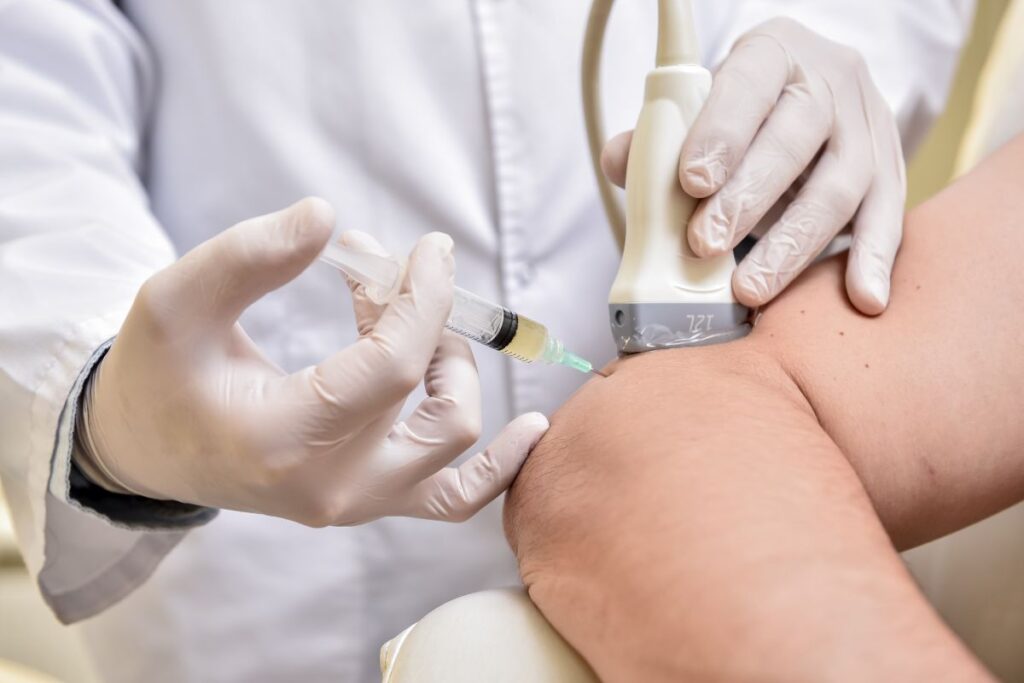
Which Joints Can Be Injected?
Joint injections are indicated for a wide range of conditions that affect the joints, providing pain relief, improving the quality of life, and, in some cases, even curing the pathology. The most commonly injected joints include the shoulder, elbow, knee, and ankle. Injections can be used for the following conditions:
Shoulder
- Rotator Cuff Syndrome
- Tendon Injuries
- Biceps Tendinitis
- Osteoarthritis
- Bursitis, Tendinitis
Elbow
- Lateral and Medial Epicondylitis
- Epicondilite medial;
- Osteoarthritis.
Knee
- Osteoarthritis
- Patellar Chondromalacia
- Sprains.
Regenerative Medicine and Substances Used in Injections
Injections are often part of what is known as Regenerative Medicine. This field aims to regenerate and repair tissues. In the case of joint injections for osteoarthritis or extra-articular injections for tendon and ligament injuries, this is precisely the goal.
The main substances used in Regenerative Medicine are Hyaluronic Acid, Platelet-Rich Plasma (PRP), and Bone Marrow Aspirate. There have been significant advancements in these treatments in recent years, but unfortunately, there is still no “miracle” solution with perfect results. Injections within Regenerative Medicine have shown beneficial effects but should be carefully indicated and used in combination with other therapies as part of a multimodal and multidisciplinary treatment plan. Other medications frequently used in injections include corticosteroids and anesthetics.
Hyaluronic Acid
Known for its ability to provide viscous supplementation to joints, hyaluronic acid injections lubricate and improve joint mobility. It is widely used in orthopedics with the expectation of helping heal certain injuries, preserving cartilage cells (chondrocytes), and reducing pain.
For osteoarthritis, high-molecular-weight hyaluronic acid is used, which provides mechanical relief to more damaged areas of the joint. Low-molecular-weight hyaluronic acid is used for soft tissue injuries, such as tendonosis (a specific type of tendinitis, like Rotator Cuff Syndrome or Epicondylitis), and ligament injuries like sprains. Hyaluronic acid is indicated for chronic pain, controlling inflammation, and aiding tissue healing.
Corticosteroids
These are anti-inflammatory hormonal medications, similar to the cortisol our body produces naturally. Corticosteroids have a powerful anti-inflammatory effect, but they act through different biochemical pathways than non-hormonal anti-inflammatory drugs. They improve pain and joint mobility, helping restore function.
However, attention must be paid to their use due to potential contraindications.
Anesthetics
Anesthetics directly affect pain circuits in the body by blocking the transmission of pain signals. They provide rapid pain relief, although temporarily. Anesthetics are used in selected cases, such as in Adhesive Capsulitis, as well as for therapeutic tests to identify the origin of pain.
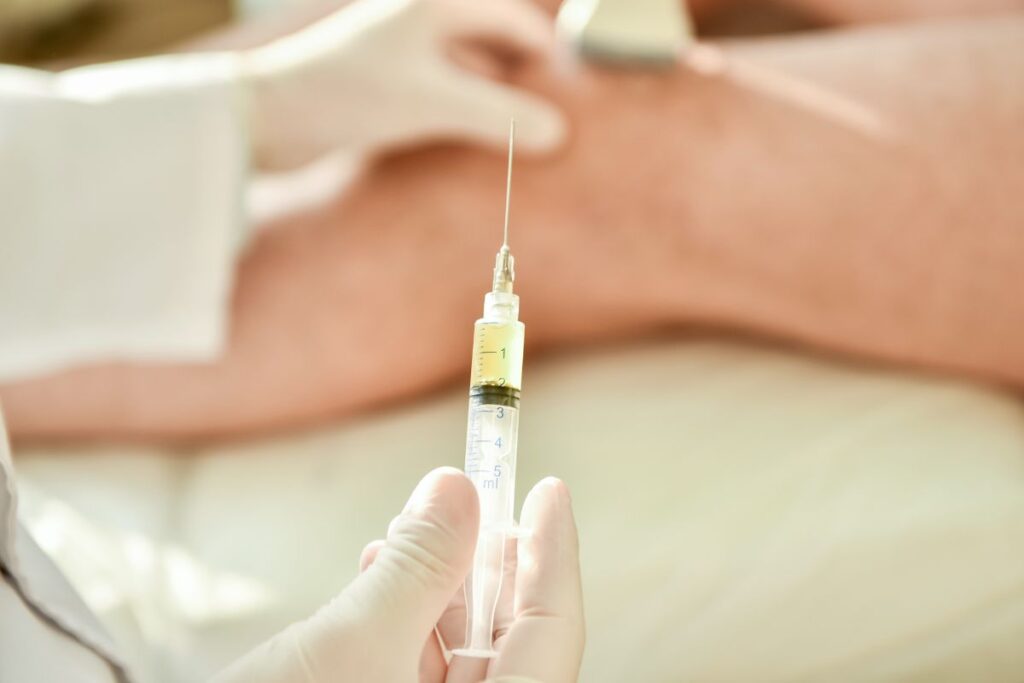
What Results to Expect from an Orthopedic Injection?
As we’ve seen, injections can regenerate and repair tissues, reduce the inflammatory response, improve pain, and preserve the chondrocytes that line our joints. After the procedure, certain precautions are essential to maximize the benefits. These post-procedure care guidelines vary from case to case. For some diagnoses, joint rest may be necessary for a few days, with a gradual return to activities. In other cases, no rest is required, and activities can resume immediately. Cold compresses can help reduce discomfort or swelling, which is usually mild and temporary.
A common question from patients is when they will start seeing results. Results are not immediate and can take several days to a few weeks to appear. In Regenerative Medicine treatments, the medication continues to work over the following weeks. Depending on the case, the procedure may be repeated after the effects subside.
Who Can Perform Joint Injections?
Be aware! Orthopedic injections should be performed by qualified orthopedic surgeons. It’s important to choose an experienced professional to ensure the safety and effectiveness of the procedure. If you’re experiencing persistent joint pain, it’s advisable to consult an orthopedic specialist for an evaluation.
Orthopedic injections are effective treatment techniques, but they must be well indicated! There is no “miracle cure.” Treatment is multimodal and multidisciplinary.
To learn more about how injections can help you, schedule a consultation with Dr. Eric Curi. Our team is ready to provide the best care and guidance with scientific responsibility!
Want to Learn More? Schedule a Consultation with Dr. Eric Curi.
Vila Olímpia
SARTOR - Medicina Integrada
- (11) 3045-2090
- Rua Helena, 218 - Trade Tower - 4º Andar
- Segunda - Sexta : 09:00 -18:00

